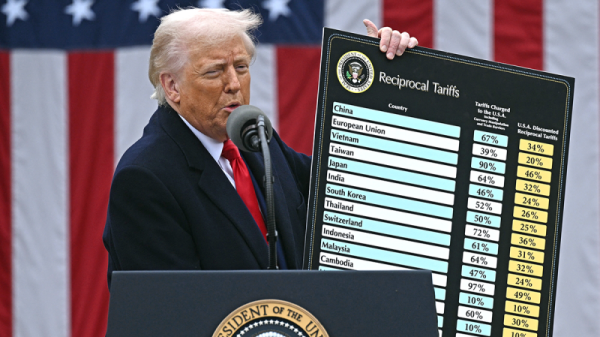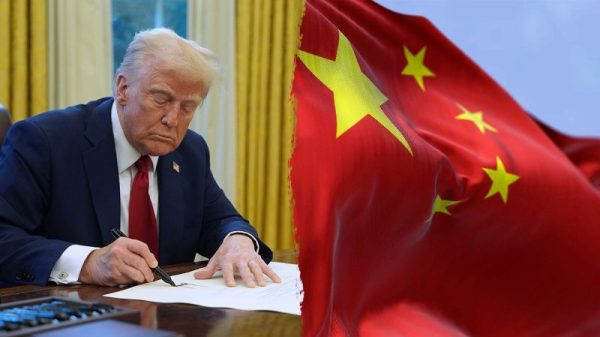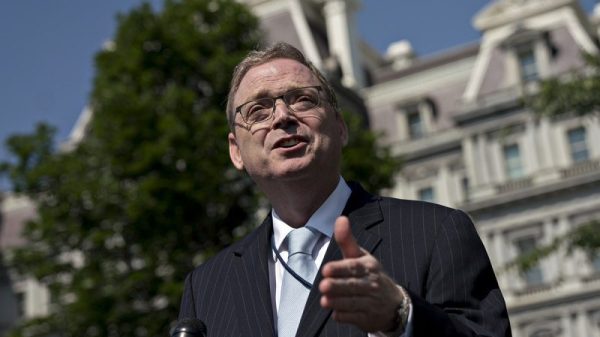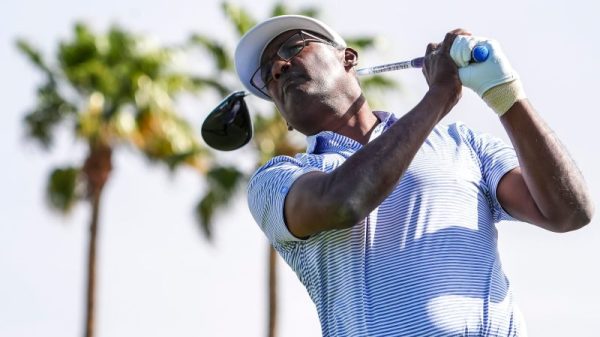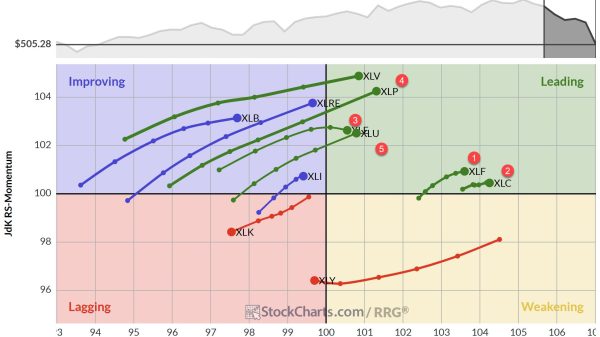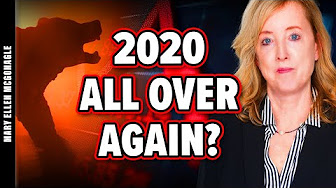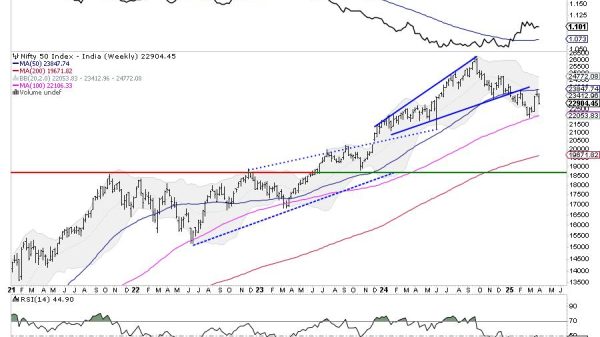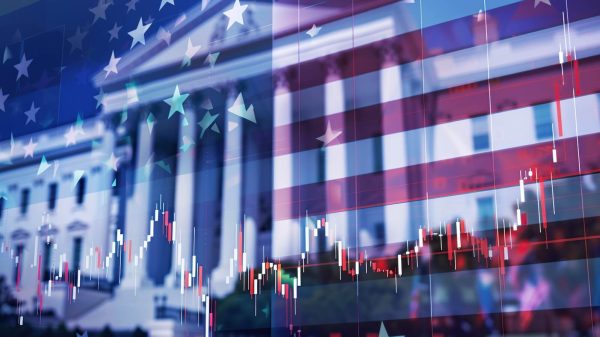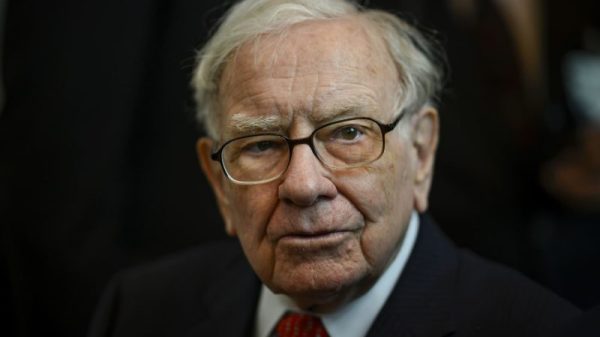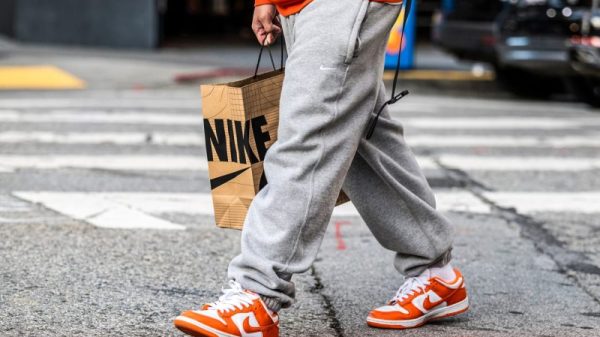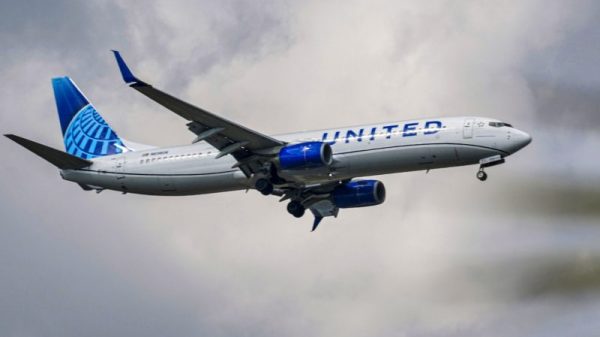After nearly five years, what stands to be the most expensive and far-reaching legal case in college sports history on Monday reaches a potentially decisive moment. U.S. District Judge Claudia Wilken is scheduled to conduct a hearing concerning final approval of the proposed multi-billion-dollar settlements of three athlete-compensation antitrust cases against the NCAA and the Power Five conferences.
The deal would include nearly $2.8 billion in damages that would go to current and former athletes — and their lawyers — over 10 years. The arrangement also would allow Division I schools to start paying athletes directly for use of their name, image and likeness (NIL) starting July 1, subject to a per-school cap that would increase over time and be based on a percentage of certain athletics revenues.
However, those elements would be just part of a comprehensive reshaping of college sports that would occur under the settlement.
Among other changes:
NCAA leaders would seek to engineer rules changes eliminating longstanding, sport-by-sport scholarship limits and replacing them with a new set of roster-size limits. In the first academic year after final approval of the settlement, the roster limit in football, for example, would be 105. Some FBS programs have had many more than that. Rosters in other sports at some schools also stand to be reduced.
While athletes would continue to have the ability to make NIL deals with entities other than their schools, the settlement would allow the NCAA and the power conferences to institute rules designed to give the power conferences — through a new entity they are creating — greater enforcement oversight of those arrangements.
What is set to happen in settlement hearing, and why is Olivia Dunne scheduled to speak?
In her courtroom in Oakland, California, Wilken is scheduled to hear from lawyers representing the plaintiffs, primarily Steve Berman and Jeff Kessler, and an attorney representing the NCAA and the conferences.
She also is set to hear from 14 parties who are objecting to the settlement. In most instances, this will be through lawyers representing objectors or groups of objectors. Four objectors are scheduled to speak themselves, including LSU gymnast and renowned social-media influencer Olivia Dunne; Ben Burr-Kirven, who was an All-America football player at Washington and played in the NFL; and a current high school athlete.
Taken together, this group of 14 is intended to speak for the hundreds of objectors — out of roughly 400,000 current and former athletes covered by the cases — who filed written complaints with the court. Nearly 300 additional athletes have opted out of participating in the settlement and are pursuing a separate lawsuit.
Several of the groups of objectors set to be heard Monday also argued against preliminary approval of settlements in September. But Wilken turned aside those oppositions and granted preliminary approval in early October after lawyers for the principals adjusted the settlement to address concerns she raised that were different from the objectors’.
Roster limits would be part of settlement; thousands of walk-ons could lose spots
An array of issues have been raised by the various objectors. One that is likely to be prominently raised Monday has to do with the roster limits that would go into effect as part of the settlement. That issue was not addressed at the preliminary-approval stage, and dozens of athletes and parents have written letters to Wilken that were put not in legalistic terms, but highly personal ones.
Thousands of current walk-on athletes stand to lose their places on Division I teams if the settlement is approved, and some of the letters to Wilken have cited instances of college athletes having already been told by coaches they will be losing their spots, or high school recruits having been told that spots they were going to receive no longer exist.
From a class-action antitrust legal standpoint, the issue here will be whether lawyers for objectors can convince Wilken that this constitutes such a level of conflict among the broad group of athletes that the plaintiffs’ lawyers are seeking to represent that the proposed deal should not be approved.
“It clearly does,” said Steve Molo, an attorney for one of the objector groups. “The roster limits have taken effect, if you will. The roster limits are an antitrust violation. … Different class members may get different relief. Here, some are getting relief at the expense of class members. (Some athletes) may lose something from the settlement. That’s tremendously unfair and should not be allowed.”
Molo’s group, and other objectors, also have argued that the settlement violates Title IX, the federal gender-equity law. They say the proposed allocation of the damages — which would give most of the money to football and men’s basketball players — is unfair and sets the stage for unfair allocations of the schools’ presumptive direct NIL payments to athletes.
However, in a pre-hearing order, Wilken wrote that she “cannot order changes to the agreement. Objectors should address whether they wish the Court to reject the settlement and set the case for trial.” But during the preliminary hearing, Wilken made it clear that she had problems with the settlement as it stood at that point and strongly encouraged the principals to change it — which they did.
Regarding the roster limits, the plaintiffs have argued in written filings that “such a myopic focus on available roster spots for walk-on (non-scholarship) athletes … is not a basis for disapproving the settlement.” The roster limits occurring alongside the end of sport-by-sport scholarship limits, they say, is fair.
“To be sure, losing a roster spot is no small matter for those impacted,” they wrote, “but just like the least competitive walk-on athletes may lose a roster spot under the settlement the more competitive walk-on athletes may now enjoy an athletic scholarship that was previously unavailable to them. On balance, that is an extremely reasonable compromise.”
And that’s the basic legal standard here — whether the settlement, as proposed, is fair, reasonable and adequate.
This is why Gabe Feldman, director of the Tulane Sports Law Program and Tulane University’s associate provost for NCAA compliance, said the objectors “have an uphill battle” to convince Wilken that the settlement shouldn’t be approved — although he added, “uphill doesn’t mean impossible.”
He said that the fair-reasonable-and-adequate standard means that the issue before Wilken is “not whether it’s the best settlement that ever could have been achieved … there are going to be trade-offs.”
Feldman also said that Wilken can “take into account the risk of (further) litigation and the cost of litigation. … There’s no guarantee that the House plaintiffs would win at trial. There’s no guarantee that the House plaintiffs would win on appeal. There’s no guarantee that the House plaintiffs would win at the Supreme Court. The only thing guaranteed is that it would take a lot of time and cost a lot of money.”
With all of that in mind, Berman, one of the plaintiffs’ lead lawyers said last week: “I think she’s going to approve it.”
What happens if the settlement is approved?
It is unlikely that Wilken will issue a ruling on Monday. But based on the way she has run other hearings not only in this case, but also others she has overseen over nearly 16 years of antitrust litigation against the NCAA, the parties likely will have a good idea of where she stands by the end of Monday’s hearing.
If she grants final approval, schools will be able to move forward with plans to start paying athletes for use of their NIL, and the associated changes also will go forward, including the roster limits.
The 10-year window for payment of the damages award, including what stands to be as much as $775 million in attorneys’ fees and costs for the plaintiffs, would begin. However, if objectors appeal a final-approval ruling by Wilken, those payments would be held in escrow — and not made to athletes or lawyers — until all appeals are fully played out.
While final approval — and even the resolution of any appeals — would wrap up these specific cases, there are related actions that will continue. The case brought on behalf of athletes who opted out could continue.
In addition, the South Dakota attorney general is pursuing a lawsuit on behalf of the University of South Dakota and South Dakota State University that seeks to reduce the amount of money those schools stand to lose from future NCAA distributions while the association pays its share of the presumptive damages. The NCAA attempted to have the case moved to federal court, but a federal district judge recently ruled that it should proceed in state court.
Looking further ahead, it is widely anticipated among college-sports officials that, if the settlement is approved and schools move ahead with plans to allocate their NIL payments to athletes in a manner that provides most of that money to football and men’s basketball players, a Title IX lawsuit will result.



